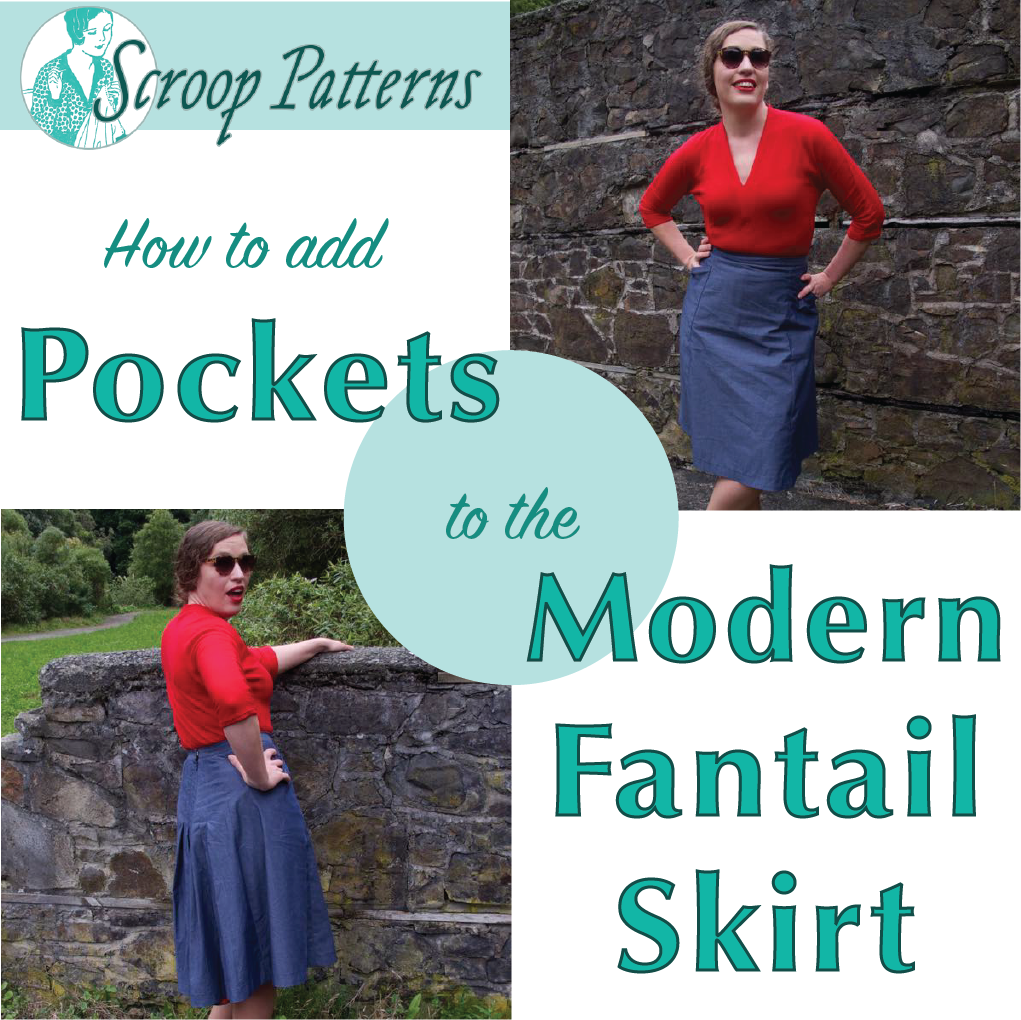Making Linen Buckram: Gum Tragacanth vs Xanthan Gum
I’ve been doing a lot of experimenting with making linen buckram in the last year and a half, playing with using both historically accurate gum tragacanth, and a much cheaper and easier to source modern equivalent: xanthan gum. We’re getting very close to launching Scroop Pattern’s and Virgil’s Fine Good’s first collaboration: a 1780s stays pattern with extensive historical instruction. Historical stays use linen buckram, so here’s what I’ve learned about it to help you make your own. What is linen buckram? Linen buckram is stiffened linen. It was used in 17th, 18th and early 19th century sewing as support layers where stiffening was needed, such as in stays, stiff collars, stomachers, and hatmaking. It’s made by coating linen with a gum paste, usually gum tragacanth, or xanthan gum, and then letting the gum dry. The more layers of gum that are applied, the stiffer the linen gets. Here is what it looks and sounds like in motion: In addition to historical sewing, I think it has lots of potential for general costuming: particularly for …


